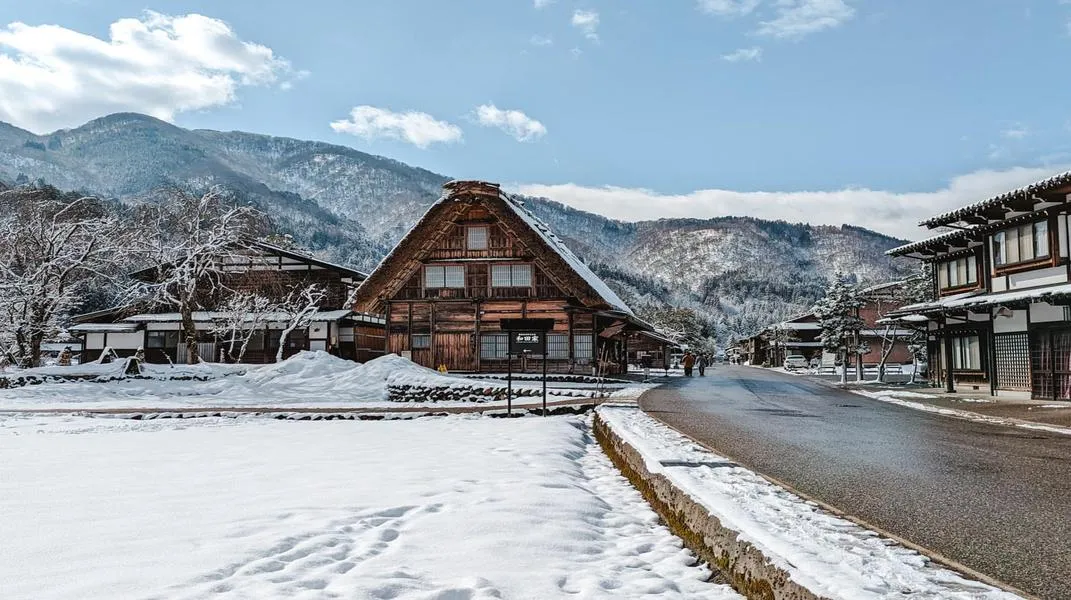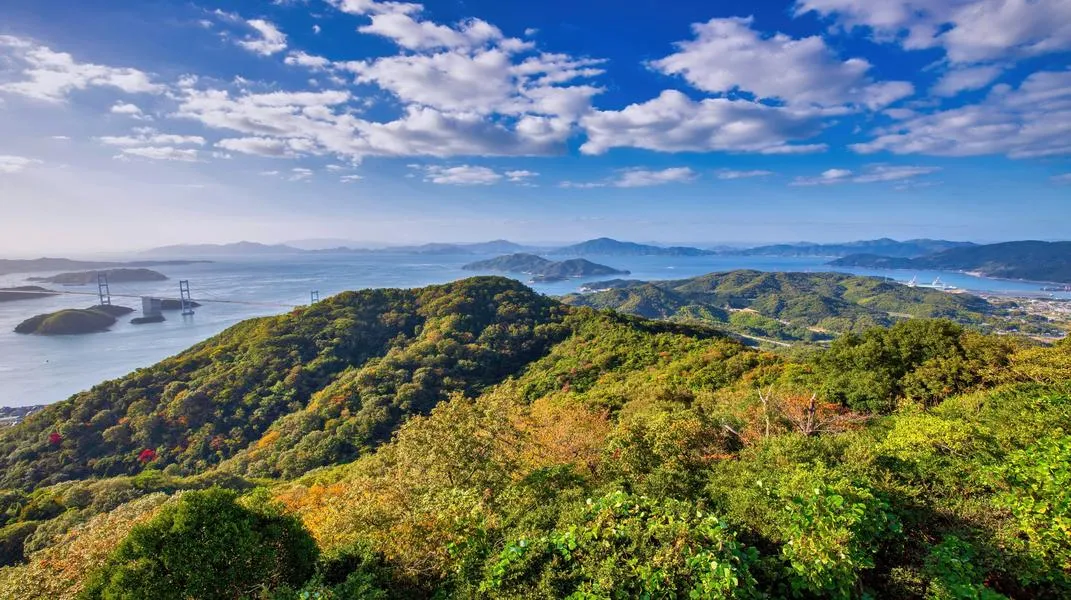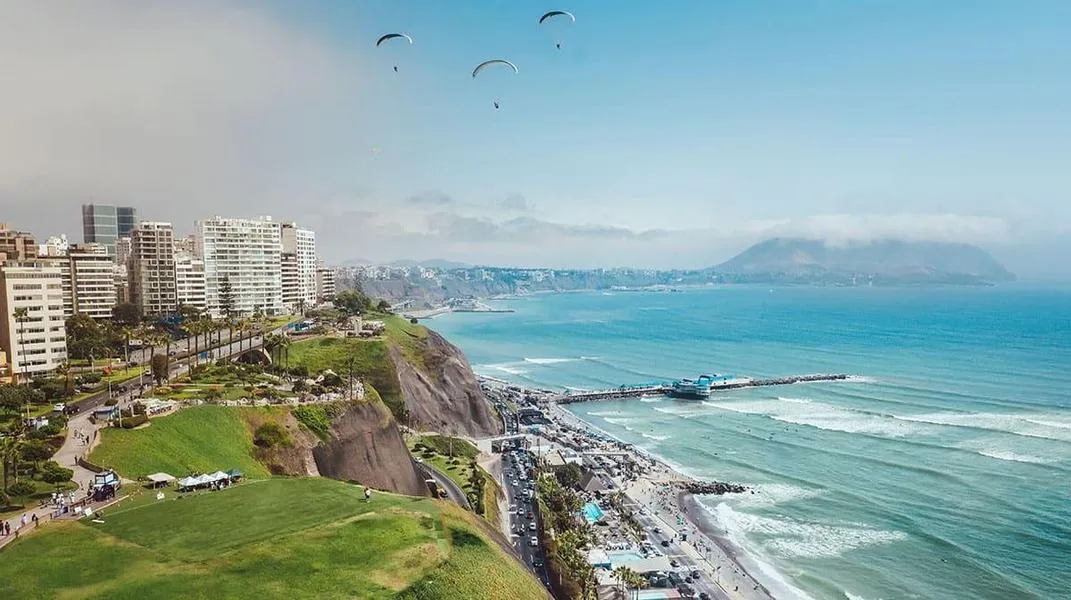Exploring Shirakawa-go and Gokayama: A Journey into Japan’s Traditional Past
Nestled in the heart of Japan's mountainous Gifu Prefecture, Shirakawa-go and Gokayama are two picturesque villages that have captured the hearts of travelers from around the world. Renowned for their stunning landscapes, traditional gassho-zukuri architecture, and rich cultural heritage, these UNESCO World Heritage Sites offer a glimpse into Japan's agrarian past and are a must-visit for anyone looking to connect with the country’s history and natural beauty.

A Brief Overview
Shirakawa-go
Shirakawa-go, meaning "White River Village," is a small village that lies in the Shirakawa River valley. Its iconic gassho-zukuri farmhouses, characterized by steep thatched roofs that resemble hands in prayer, were built to withstand the heavy snowfall that blankets the region in winter. Many of these structures date back to the Edo Period (1603-1868) and are still inhabited today. The village is particularly enchanting during the winter months when the roofs are adorned with thick layers of snow, creating a postcard-perfect scene.
Gokayama
Gokayama, meaning "Five Mountains," is located just a short distance from Shirakawa-go and is known for its equally stunning scenery and traditional architecture. This area is less commercialized than Shirakawa-go, offering a more serene experience for visitors. Gokayama is comprised of several villages, including Ainokura and Suganuma, each boasting its unique charm and cultural heritage. The gassho-zukuri houses here are also well-preserved and provide insight into the rural lifestyle of the region.
Getting There
Visiting Shirakawa-go and Gokayama requires some planning, but the journey is well worth the effort. The nearest major city is Takayama, which is accessible by train and bus from major cities like Tokyo and Osaka. Once in Takayama, you can take a bus to Shirakawa-go, which takes approximately 50 minutes. If you plan to visit Gokayama, you can catch a local bus or drive from Shirakawa-go, with travel times ranging from 30 minutes to an hour.
Transportation Tips
- By Train: Take the JR Takayama Line to Takayama Station. From there, you can catch a bus to Shirakawa-go.
- By Car: Renting a car can provide more flexibility. Be mindful of local driving conditions, especially in winter.
- By Tour: Many companies offer guided tours that include transportation to both Shirakawa-go and Gokayama.
Best Time to Visit
While Shirakawa-go and Gokayama are beautiful year-round, the best time to visit largely depends on what you want to experience:
- Spring (March to May): Witness the cherry blossoms in full bloom, creating a stunning contrast against the traditional architecture.
- Summer (June to August): Experience vibrant green rice fields and participate in local festivals.
- Autumn (September to November): Enjoy the fall foliage, as the mountains are painted in hues of red and orange.
- Winter (December to February): The snow-covered landscape transforms these villages into a winter wonderland, particularly during the "Shirakawa-go Illumination" event in January and February.
What to See and Do
Explore the Gassho-zukuri Farmhouses
The primary attraction in both Shirakawa-go and Gokayama is the gassho-zukuri farmhouses. Visitors can tour several of these traditional homes, some of which have been converted into museums. Notable farmhouses include:
- Wada House (Shirakawa-go): This is one of the largest and most famous gassho-zukuri houses in Shirakawa-go, offering guided tours that showcase traditional farming tools and household items.
- Kanda House (Gokayama): A well-preserved example of gassho-zukuri architecture, Kanda House provides a fascinating insight into the rural lifestyle of the past.
Visit the Shirakawa-go Open-Air Museum
Adjacent to Shirakawa-go, the Shirakawa-go Open-Air Museum allows visitors to explore several gassho-zukuri houses that have been relocated from the surrounding area. The museum provides a comprehensive understanding of the architectural style and the lifestyle of the people who lived in these homes.
Enjoy Nature and Hiking
The area surrounding Shirakawa-go and Gokayama is a paradise for nature lovers. There are numerous hiking trails that offer breathtaking views of the villages framed by mountains and rice fields. Popular hiking routes include:
- Shirakawa-go to Gokayama Trail: This scenic hike takes you through lush forests and offers stunning vistas of both villages.
- Hiking in the Southern Alps: For the more adventurous, the nearby Southern Alps provide challenging trails and beautiful alpine scenery.
Cultural Experiences
Immerse yourself in the local culture by participating in traditional craft workshops, such as:
- Washi Paper Making: Learn about the ancient craft of handmade paper in one of the local workshops.
- Sake Tasting: Visit local breweries to sample regional sake, which is made using pure mountain water.
Seasonal Festivals
If your visit coincides with local festivals, don't miss the opportunity to experience the vibrant culture firsthand. Each season hosts various events, including:
- Shirakawa-go Firefly Festival (June): Witness thousands of fireflies lighting up the village at night.
- The Winter Light-up (January-February): Experience the magical illumination of the snow-covered village.
Preparing for Your Visit
To make the most of your experience in Shirakawa-go and Gokayama, it’s essential to prepare adequately. Here’s a comprehensive checklist of materials and items you should consider bringing along:
Essential Items
- Travel Insurance: Always a good idea for peace of mind while traveling.
- Cash: Many local shops and restaurants do not accept credit cards, so having yen on hand is crucial.
- Comfortable Footwear: Whether you’re hiking or walking through the villages, comfortable shoes are a must.
- Weather-Appropriate Clothing: The weather can change rapidly in the mountains, so layers are essential. Be prepared for rain, especially in spring and summer.
Photography Gear
- Camera: Bring a DSLR or mirrorless camera for capturing the stunning landscapes and architecture.
- Tripod: For those interested in long-exposure shots, a tripod can be invaluable, especially during the winter light-up events.
- Extra Batteries and Memory Cards: Cold weather can drain batteries quickly, so bring spares.
Navigation Aids
- Maps or GPS: Download offline maps or bring a physical map for easy navigation, as cell service may be spotty in remote areas.
- Language Translation Apps: If you’re not fluent in Japanese, having a translation app can help bridge communication gaps.
Snacks and Water
While there are restaurants and cafes in the villages, having some snacks and water can be helpful, especially during long hikes or if you’re traveling with kids.
Cultural Considerations
- Respect Local Customs: When visiting traditional homes or temples, be mindful of local etiquette and dress modestly.
- Learn Basic Japanese Phrases: A few words of Japanese can go a long way in enhancing your experience and connecting with locals.
Conclusion
Shirakawa-go and Gokayama are not just destinations; they are a journey into Japan's rich cultural tapestry and natural beauty. From the breathtaking gassho-zukuri houses to the serene landscapes and vibrant local festivals, every corner of these villages tells a story waiting to be discovered. By preparing adequately and immersing yourself in the local culture, you can ensure that your visit to Shirakawa-go and Gokayama will be a memorable and enriching experience. Whether you are an avid photographer, a nature lover, or a history enthusiast, these villages promise a unique glimpse into Japan’s traditional past that will stay with you long after your visit.




